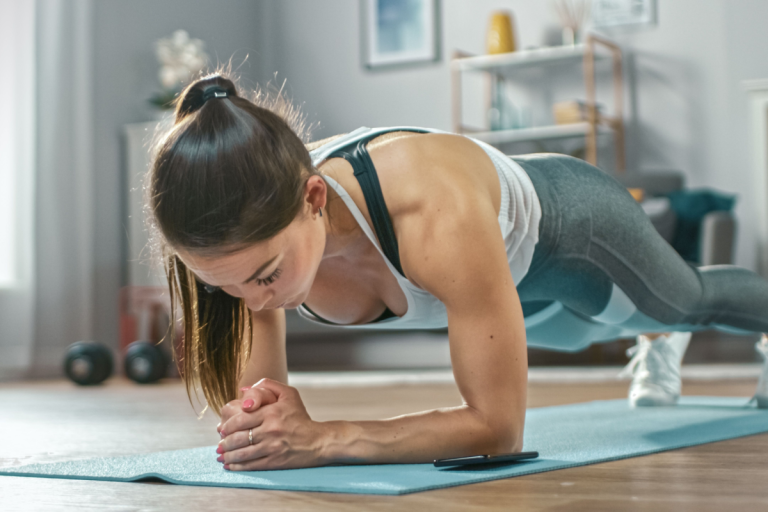Push-ups have long been a measure of fitness, from Hollywood films like Top Gun: Maverick and GI Jane to high-profile contests between public figures. While simple in appearance, fitness experts say push-ups are among the most effective full-body exercises, enhancing strength, posture, and athleticism with no equipment required.
The Benefits of Push-Ups
Dr. Andrew Jagim of the Mayo Clinic Health System calls push-ups “one of the most underrated movements in fitness.” Beyond strengthening the chest, shoulders, and arms, they also engage the core and glutes, promoting stability and improved posture. Personal trainer Mark Bohannon adds that the ability to perform proper push-ups is a reliable indicator of overall movement quality.
Proper Form and Common Mistakes
A correct push-up starts in a plank position, with hands slightly wider than shoulder-width and the body forming a straight line from head to heels. Elbows should bend at about a 45-degree angle as you lower down, then push back up in control. Experts warn against letting the hips sag or the head drop, as well as rushing through reps. Slow, controlled movements maximize muscle engagement and reduce injury risks.
Beginner Variations and Progressions
For newcomers, wall push-ups or incline push-ups using a bench are effective entry points. Once strength builds, progressions such as knee push-ups, decline push-ups, or tricep push-ups can add difficulty. Weight plates placed on the back can also increase resistance. Fitness coach Joslyn Thompson Rule suggests building strength with planks and negative push-ups—lowering down slowly in control—before advancing to full repetitions.
Integrating Push-Ups Into Routine
Experts recommend practicing push-ups two to three times per week, dedicating just a few minutes at the beginning or end of a workout. Variations such as isometric holds, where you pause in a challenging position, can further improve strength and endurance. For those with shoulder injuries, modifications such as push-up handles may reduce strain.
Alternatives for Push-Up Haters
While dumbbell bench presses or chest press machines can strengthen similar muscle groups, they lack the core engagement and stability benefits of push-ups. Bohannon notes that dislike for push-ups often stems from poor instruction or repeated failure, and with the right modifications, most people can learn to incorporate them successfully into their fitness routine.
Push-ups may be simple, but they are a powerful, full-body exercise that can be adapted to suit all fitness levels. Whether starting with wall push-ups or working toward advanced variations, they remain one of the most accessible and effective ways to build strength and stability without equipment.


